Oracle Inventory provides the following flexfields:
- System Items
- Item Catalogs
- Item Categories
- Stock Locators
- Account Aliases
- Sales Orders
Depending on your system’s setup, Inventory may also use some or all of the following
flexfields provided by other Oracle products:
- Accounting (Oracle General Ledger)
- Sales Tax Location (Oracle Receivables)
- Territory (Oracle Receivables)
1. System Items
You can use the System Items Flexfield (also called the Item Flexfield) for recording and reporting your item information. You must design and configure your Item Flexfield before you can start defining items.
All Oracle Applications products that reference items share the Item Flexfield and support multiple-segment implementations. However, this flexfield supports only one structure.
You must set up your OE: Item Flexfield profile option to specify the Item Flexfield structure that you will use for your Oracle applications.
Users can also set up the OE: Item Flexfield Entry Method profile option to specify your preferred method of entry for this flexfield.
You can optionally use the item flexfield to default item information for invoice, debit memo, and credit memo lines or you can enter your own line information.
2. Item Catalogs
This key flexfield supports only one structure.
3. Item Categories
You must design and configure your Item Categories Flexfield before you can start defining items since all items must be assigned to categories. You can define multiple structures for your Item Categories Flexfield, each structure corresponding to a different category grouping scheme. You can then associate these structures with the categories and category sets you define.
4. Stock Locators
You can use the Stock Locators Flexfield to capture more information about stock locators in inventory. If you do not have Oracle Inventory installed, or none of your items have locator control, it is not necessary to set up this flexfield.
If you keep track of specific locators such as aisle, row, bin indicators for your items, you need to configure your Stock Locators Flexfield and implement locator control in your organization.
This key flexfield supports only one structure.
5. Account Aliases
This key flexfield supports only one structure.
6. Sales Order
The Sales Order Flexfield is a key flexfield used by Oracle Inventory to uniquely identify sales order transactions Oracle Order Management interfaces to Oracle Inventory.
Your Sales Order Flexfield should be defined as Order Number, Order Type, and Order Source. This combination guarantees each transaction to Inventory is unique. You must define this flexfield before placing demand or making reservations in Oracle Order Management.
You must set up the OM: Source Code profile option to determine the source code you will use in for the third segment of this flexfield to guarantee that each transaction is unique. (Oracle Inventory defaults the value of the OM: Source Code profile option to ‘ORDER MANAGEMENT’.)
For your value sets, you must use Dynamic Inserts. The Validation Type should be None. Value Required should be Yes to improve performance of concurrent programs. The value set must be alphanumeric. The value set maximum size must be 40.
You should set the Required field to Yes in the Validation Information region when enabling the flexfield segments. Setting this field to Yes, improves performance when updating existing demand or reservations by guaranteeing that Oracle Order Management always supplies a value.
Set Right-justify Zero-fill Numbers to No so sales order numbers are not padded with zeros.
Oracle Inventory defines a unique ID for each order in MTL_SALES_ORDERS based on this flexfield. The Inventory unique ID, as opposed to the Order Management unique ID, is used throughout Oracle Manufacturing applications.
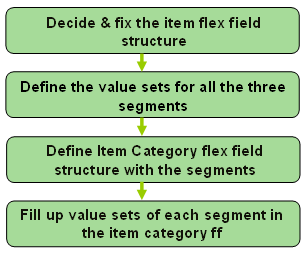
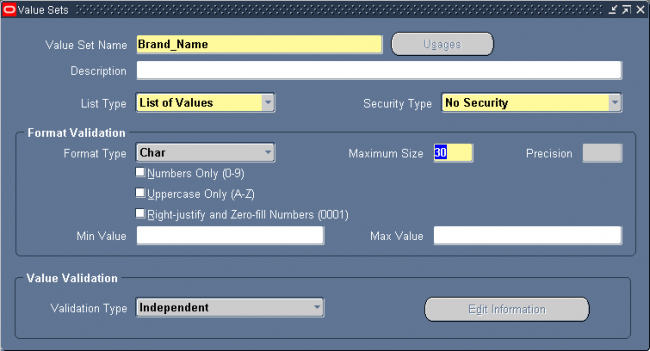
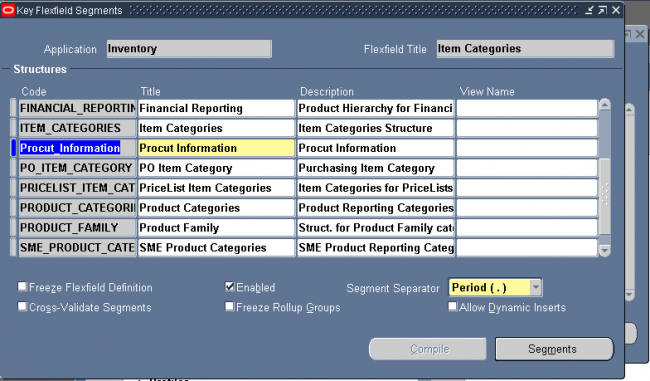
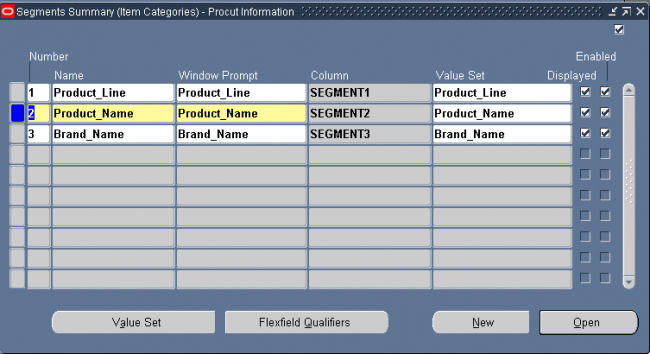
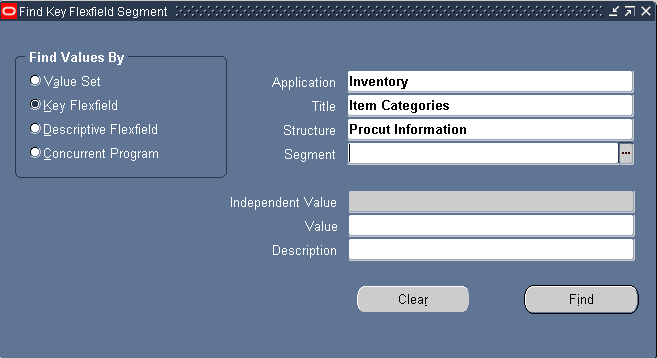
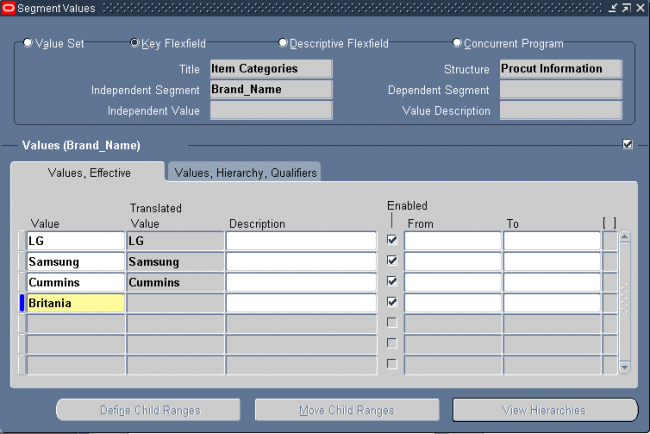

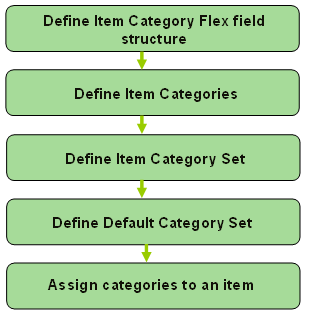
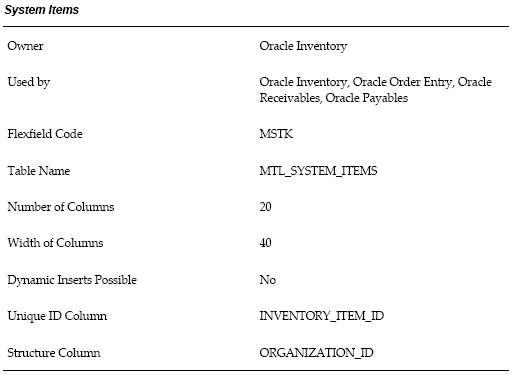
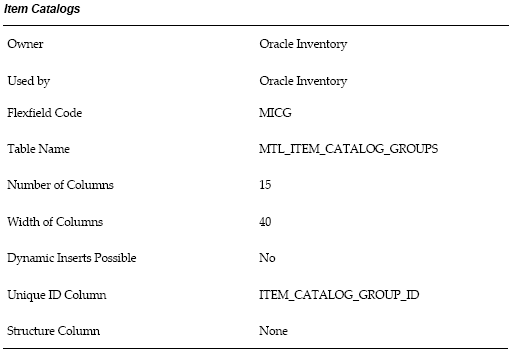
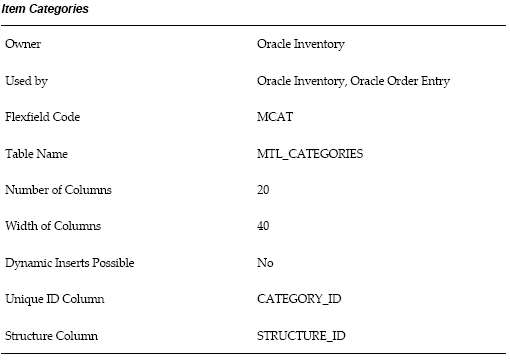
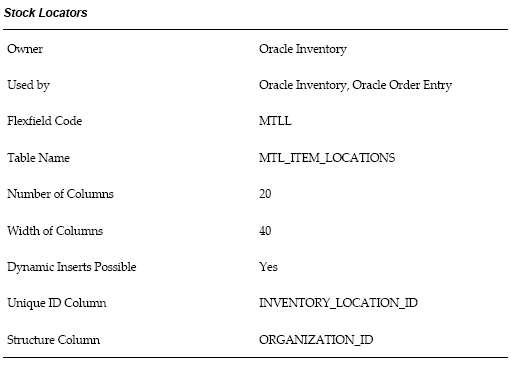
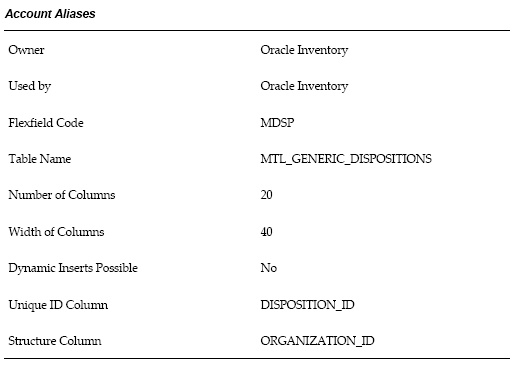
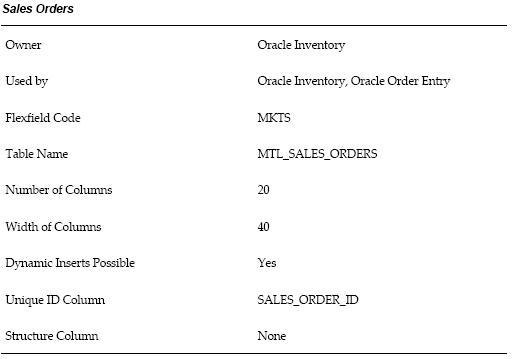
Recent Comments